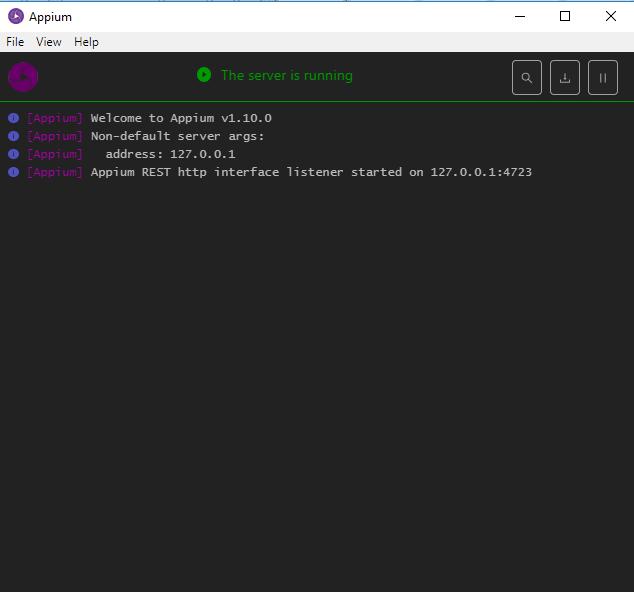

To work with Appium and UFT Mobile using SSL, the Appium client needs to trust the UFTM certificate. You can only use UiAutomator1 as the automation engine. UiAutomator1 ("android") is the default for Android OS < 5.0. To overwrite the default and use UiAutomator1, set the automationName Appium capability to "android". The uiautomator2 driver uses Google's UiAutomator2 technology to allow automation on a device or emulator.

UiAutomator2 is the default automation engine. In iOS versions higher than 11.1, the capability is not supported and all tests will use XCUITest.

This capability is only available for iOS versions 9.3 through 11.1. If you explicitly want to use UIA automation, set the automationName Appium capability to uiAutomation. The default automation method used for iOS is XCUITest. UFT Mobile enables you to run tests on iOS devices without requiring a Mac machine. When running your Appium tests through UFT Mobile, you can indicate the method of automation to use during script execution. Safari Driver is not supported on Linux and Windows. Note that Appium anonymous access is not supported with LDAP. For details see Lab and workspace management. When you run an Appium test anonymously, the user is assigned to the Default workspace. The following guidelines should be considered when running an Appium test: Note: You do not need a Mac machine to install apps on an iOS device. In the code that starts the session, replace the Appium server URL and port with the URL and port of UFT Mobile using the following format (see below for an example): To prepare your Appium test to run on UFT Mobile:


 0 kommentar(er)
0 kommentar(er)
